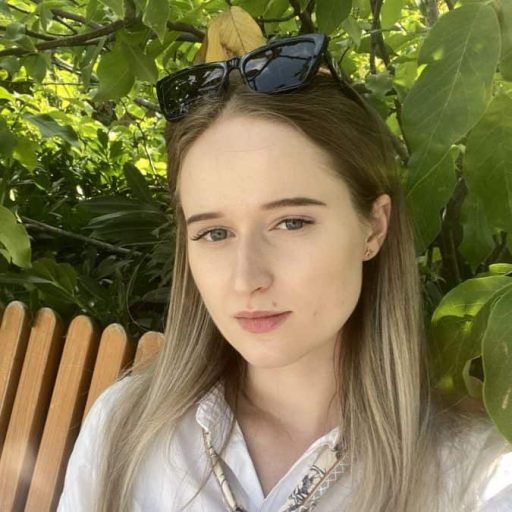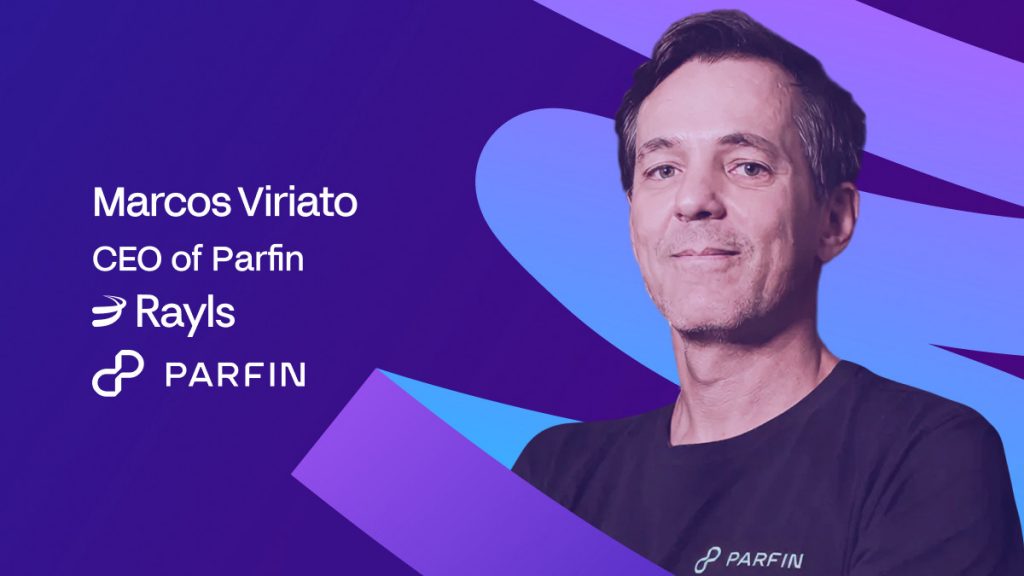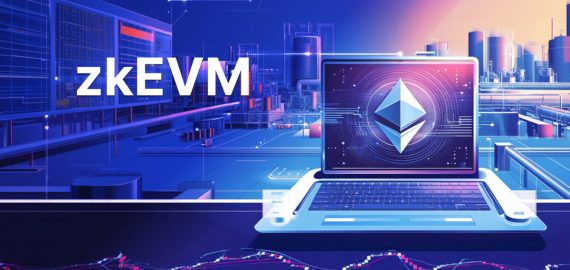Rayls Is Turning Traditional Finance into a 24/7 Market


In Brief
Rayls is redefining global finance by helping banks securely tokenize assets, integrate privacy-preserving technology, and transform traditional markets into a 24/7 blockchain-powered financial system.

A single bank working with Rayls issues over 1.3 million tokenized certificates of deposit every day, an impressive example of how blockchain can already handle real financial scale. In this interview, Marcos Viriato, CEO at Parfin and Builder at Rayls, discusses his journey from traditional banking to Web3, how Rayls bridges the gap between private and public chains, and why he believes tokenization and privacy-preserving technology will redefine the future of global finance.
Can you please introduce yourself as a professional and tell us about your journey into Web3?
I have been working in traditional finance for about 25 years, spending 13 of those at a bank called BTG Pactual, the largest investment bank in Latin America. During my career there, I was an MD Partner responsible for global operations and technology, managing around 2,000 employees across Brazil, Chile, Colombia, Peru, Mexico, the United States, Canada, and the United Kingdom. At one point, I was also the CTO for the entire bank.
Being so close to technology, I got to know crypto in 2014 when I bought my first bitcoins. From there, I started studying blockchain and its protocols. I realized that blockchain had the potential to solve a major problem in financial markets: liquidity fragmentation. When I left the bank in 2019, I took a sabbatical and reflected on how financial markets, as we know them, would eventually migrate to blockchain rails.
We saw that financial institutions lacked the kind of infrastructure they could trust and comfortably use. That is why we started building Rayls, a blockchain designed for banks and financial institutions, focused on compliance, on-chain KYC, suitability checks, and other features banks require. Security is fundamental; it is our first principle. Our mission is to bring 100 trillion dollars in assets on-chain by helping banks adopt blockchain, tokenize assets, and migrate legacy systems to blockchain infrastructure.
Rayls combines a public Ethereum-compatible chain with private networks for institutions. How does this unified approach balance privacy, compliance, and interoperability?
It is difficult for a bank to move directly from off-chain systems to public blockchains. Many of their products, such as certificates of deposit, are sold to their own clients. They do not necessarily need to issue those on a public chain, but they still want to tokenize and modernize.
Our model allows a bank to start by implementing its own private network, where it can tokenize assets, test flows, and issue tokenized deposits. This gives them comfort and control. However, staying only on a private network does not aggregate liquidity. That is why our private networks are seamlessly integrated with the public chain.
For instance, a bank can move tokenized assets from its private network to the public chain for liquidity or other use cases, such as enabling clients to trade, borrow, or lend against those assets. We are already working with a bank that plans to deploy a lending pool on a public chain where others can deposit assets to support lending activities.
This hybrid setup offers flexibility: private networks for high scalability, speed, and security, and interoperability with public chains for liquidity. One of our real-world cases involves a bank with 65 million customers issuing 1.2 to 1.3 million certificates of deposit daily. Doing that on a public chain would be far too slow and expensive, but with our setup, they can issue on the private network and transfer only selected assets to the public chain when liquidity is needed.
What specific challenges in traditional finance does Rayls aim to address? How does your platform enable banks to safely adopt blockchain and DeFi solutions?
The first challenge is scalability. Traditional blockchains like Ethereum can process around 300 to 400 transactions per second, which is not enough for banks issuing over a million tokens per day. Our private network reaches up to 10,000 transactions per second, allowing a bank to tokenize one million assets in about five minutes.
The second challenge is privacy. We developed Rayls Enigma, a privacy-preserving protocol using zero-knowledge proofs. Banks do not want to expose client balances, transaction amounts, or holdings. Our protocol preserves this confidentiality while allowing them to use blockchain securely.
We are also expanding this privacy-preserving technology to lending, AMMs, and even auctions, all with privacy. These tools allow banks to safely represent, exchange, and store tokenized value across different asset classes.
How do you see the future of blockchain adoption within the traditional finance system? Will tokenization reshape financial markets?
Tokenization introduces a 24/7 financial market, just like crypto. It enables continuous trade, transfer, and liquidity.
Second, stablecoins improve payment infrastructure, making settlements instant and global. You can move millions in seconds anywhere in the world.
Third, tokenization enables liquidity aggregation. Imagine a world where all assets, including stocks, bonds, real estate, and receivables, are tokenized. These assets can be transferred, used as collateral, or exchanged instantly, unlocking enormous liquidity that is currently trapped in silos.
A great example is from the DTCC, the largest central counterparty in the United States. They recently tokenized assets so clients could trade them in the U.S. and then use the same assets as collateral in Japan overnight. That is a huge leap in market efficiency. We are still in the early stages, but the transformation has already begun.
Do you think banks are ready to embrace DeFi-like infrastructure?
I think it is a journey. A few years ago, crypto was almost taboo in banks. Some even closed accounts of crypto companies. However, as regulations became clearer, especially in the United States, banks began realizing the potential of blockchain.
It is not an easy transition; it requires new technology, talent, and custody models. So banks are starting small: tokenizing assets in closed environments for their own clients, then gradually expanding to more open systems. Some institutions are already well-prepared, having spent years building digital asset divisions and tech stacks.
Now, with regulatory clarity, we see more banks wanting to launch stablecoins, adopt crypto, and tokenize assets. We are at the start of a major technological shift in finance.
Looking at the blockchain and finance industry as a whole, what trends or innovations do you find most exciting, and how is Rayls positioned to take advantage of them?
Tokenization is definitely important, but the real transformation will come when banks and financial institutions start offering on-chain services.
For example, imagine using an AMM to perform an on-chain FX transaction, converting a non-USD stablecoin into a USD stablecoin instantly. The liquidity in those AMMs would be provided by financial institutions.
Picture this: an exporter in Argentina sells soybeans to China. The Chinese buyer pays in yuan, while the Argentine seller needs pesos. Through on-chain FX using stablecoins, that transaction could happen instantly and transparently.
Furthermore, that same exporter might want to use their receivable, such as a 30-million-dollar soybean shipment, to get financing. That trade finance receivable could be tokenized and placed in a lending pool, where investors provide liquidity in exchange for yield. We are already implementing this with a major trading company generating 3 billion dollars in annual revenue.
This is where Rayls brings real value by enabling efficient, tokenized, and privacy-preserving finance.
Can you share any upcoming product milestones, partnerships, or pilots that the community and investors should watch for this year and next?
Yes, we are currently launching our public chain testnet, and we are thrilled with the results so far. We plan to go live around December to ensure the chain is robust and meets client requirements.
On the private network side, we are going live with a trading company on a major project: the tokenization of trade finance receivables. That is a significant milestone.
We are also partnering to bring our privacy-preserving AMM protocol to market. There are more exciting collaborations in the pipeline, some we cannot disclose yet, but we are in a strong position to deliver real on-chain value and expand our community’s involvement in these transformative projects.
Disclaimer
In line with the Trust Project guidelines, please note that the information provided on this page is not intended to be and should not be interpreted as legal, tax, investment, financial, or any other form of advice. It is important to only invest what you can afford to lose and to seek independent financial advice if you have any doubts. For further information, we suggest referring to the terms and conditions as well as the help and support pages provided by the issuer or advertiser. MetaversePost is committed to accurate, unbiased reporting, but market conditions are subject to change without notice.
About The Author
Victoria is a writer on a variety of technology topics including Web3.0, AI and cryptocurrencies. Her extensive experience allows her to write insightful articles for the wider audience.
More articles

Victoria is a writer on a variety of technology topics including Web3.0, AI and cryptocurrencies. Her extensive experience allows her to write insightful articles for the wider audience.

















































